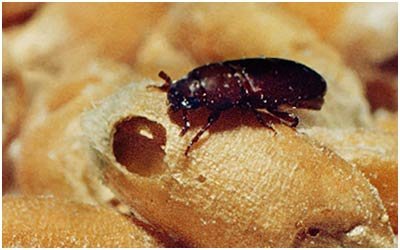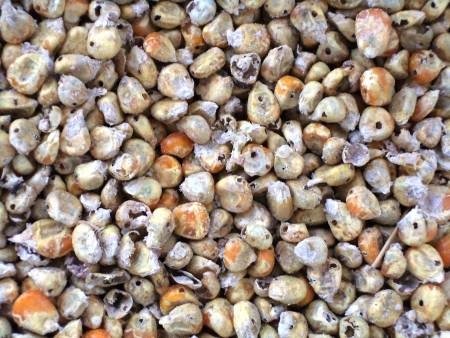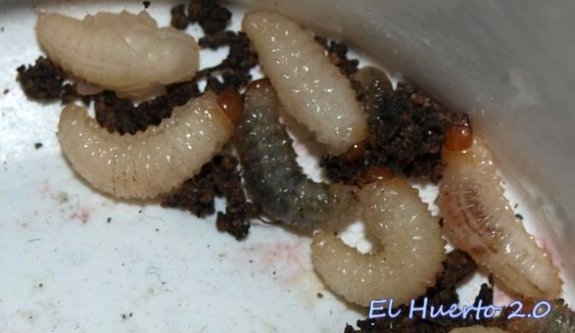Weevils are a superfamily of herbivorous coleoptera of the infraorder Cucujiformia, which comprises more than 60,000 species.

Source
Grains or cereals represent the most consumed food worldwide, which is why we must optimize the production of grains, to meet the demand that is increasing every day, but despite large investments in technologies to improve the production of this item, the farmer after being happy for having had a good harvest, his work does not end there, now he has to face a new problem that is going to be to reduce his production; it is the pest of the weevil. There are many cereal producers who, after harvesting, have considerable losses in the stores of their cereals, when their grain is attacked by the weevil.

Source
The grain stored after harvesting, is easily attacked by fungi, insects and rodents and among these enemies of the grains, are the insects, which undoubtedly, are those that cause the greatest losses, and of all of them are the most abundant weevils and harmful in the granaries. For all this we will devote these pages to publicize the morphological and biological characteristics of weevils, as well as the main means of
They must use to combat them.

Source
Morphology of weevils
They are very small insects, three to five millimeters long, elongated, cylindrical, hard and dark brown.
the head extends forward in a beak, at the end of which the mouthparts are.
The weevil, presents a variety in terms of its colors, there are some dark and bright and other brown brown, and has four ocher-yellow spots on the back, on the elytra. The egg of the weevils are bright white, with some rounded forms at one end, and with a flat protuberance on the other, by which it is fixed on the inside of the grain. Its size is very small, it measures 4 to 5 millimeters.
The larva (vulgarly "worm") measures 2 to 3 millimeters in length, when it has reached its full development.
It is apoda, that is, it has no legs. It is thick, greasy, with a semicircular profile on the back and flat on the belly. Pearl white color, has a brown head and strong jaws with which destroys the interior of the grain.
The nymph, after the larva, is at the beginning of the same color as the first one, and then it varies, darkening until
be a creamy yellow It measures up to four millimeters in length by two millimeters in width.

Source
Biography and damage caused by weevils
The damages are caused, mainly, by the larvae, although they are also produced by adult insects. Weevils attack all cereals in general: wheat, rye, barley, corn, rice and, more rarely, oats. Other grains such as sarraceno, millet, sorghum, etc., do not escape their attack either. They have been seen living, even on flours, pasta, legumes and chestnuts.
It should be noted, however, that although weevils can feed on various substances, they only reproduce among cereal grains, but not in flours and bran, where they can live, but not reproduce. The females of these insects do not lay their eggs except in those substances that offer a remarkable consistency. Weevils that are found on legumes or other nuts have been seen to die quickly.
The weevils attack the grain, always and only in the farmers, however in the hot climates it attacks the crops.
How to fight the weevil?
The most used and recommended fumigant to attack weevils is carbon sulfide, because, despite inconveniences that its management presents, is with which better results are obtained.
Dear friend, you do not appear to be following @wafrica. Follow @wafrica to get a valuable upvote on your quality post!